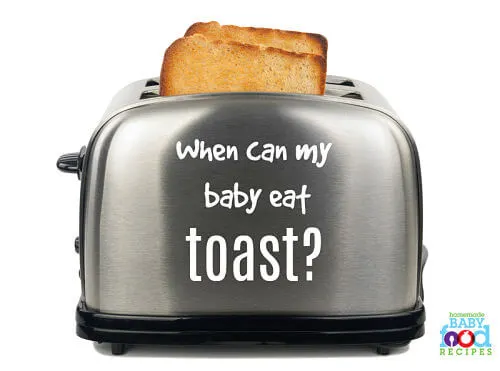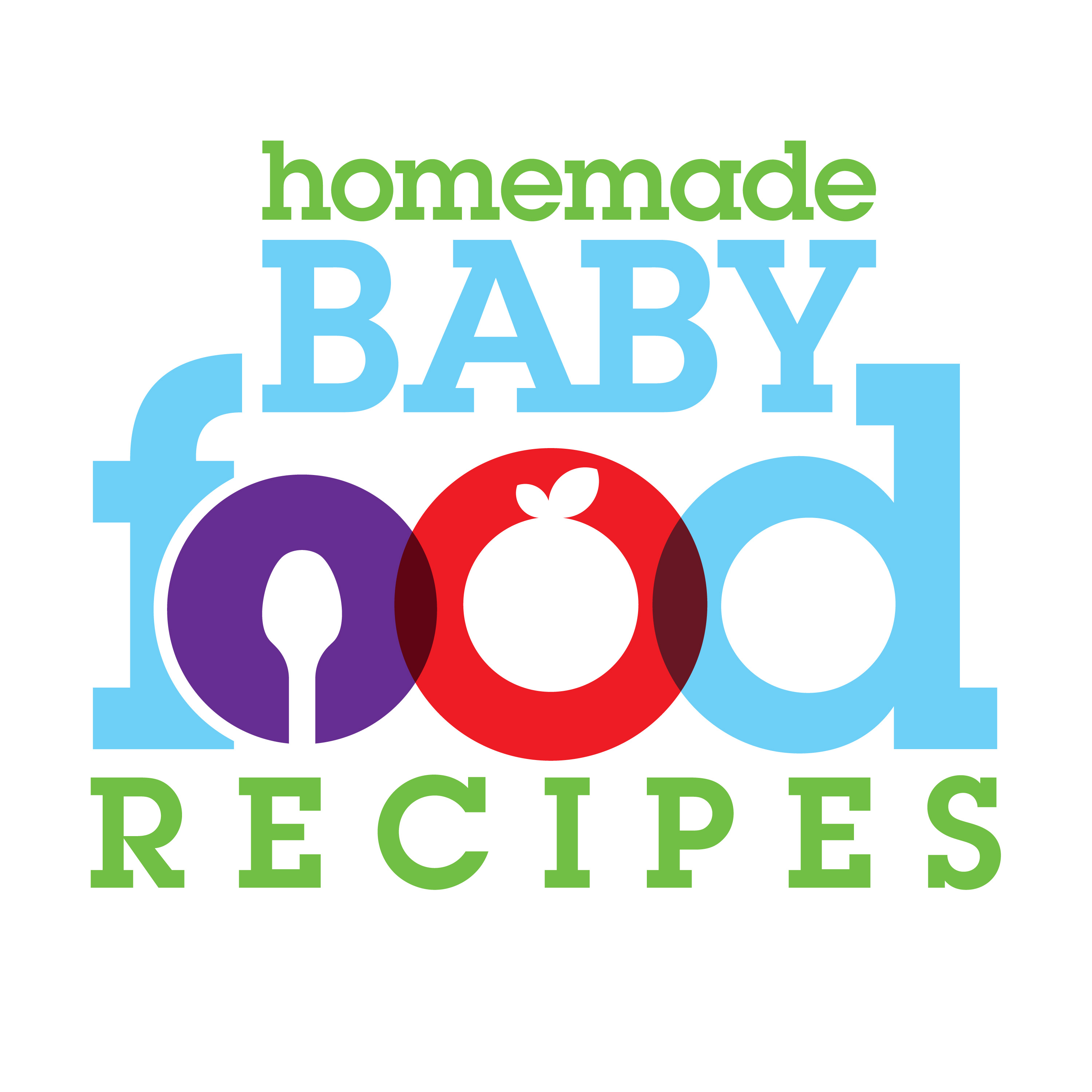Once your baby is past the stage of eating only pureed foods, it’s time to think about expanding his menu to include things that he can eat with his fingers (unless, of course, you do Baby Led Weaning, in which case you will have skipped the purees altogether!).
We are often asked about including toast in baby’s menu, particularly as a breakfast food – so when is it safe for baby to eat it?

As with most finger foods, this depends on your baby’s stage of development – which means that there isn’t one ‘set’ age at which he’ll be able to eat toast. Instead, you should wait until your little one is coping well with ‘first’ finger foods, like soft, cooked veggies, ripe banana or other foods that he can easily mash with his gums.
Once he seems to be quite competent at grinding up his food this way (generally at around 8 months, but – again – dependent on the individual and at your discretion) then you can think about offering toast.
We have always preferred offering lightly toasted bread to our little ones than untoasted bread. In our experience, untoasted bread can be quite difficult for a young baby to manage – it always seemed to end up as a doughy lump in their mouths that would cause them to gag.
Toasted bread, on the other hand, gives them something to gnaw on – and we recommend cutting it into fingers, which are easy for little hands to hold. Some parents like to cut toast into smaller, bite size pieces, although we don’t personally recommend this as our babies would tend to stick the whole piece in their mouths, rather than just gnaw away and bite off a little piece at a time!
Remember to avoid white bread when making toast for your baby and look for brown, whole wheat or whole grain breads instead. Avoid bread that contains whole seeds or large seed pieces, as these may present a choking hazard to younger babies.
Useful links
Yummy Ricotta Cheese and Bean Spread Recipe (great with toast fingers)
